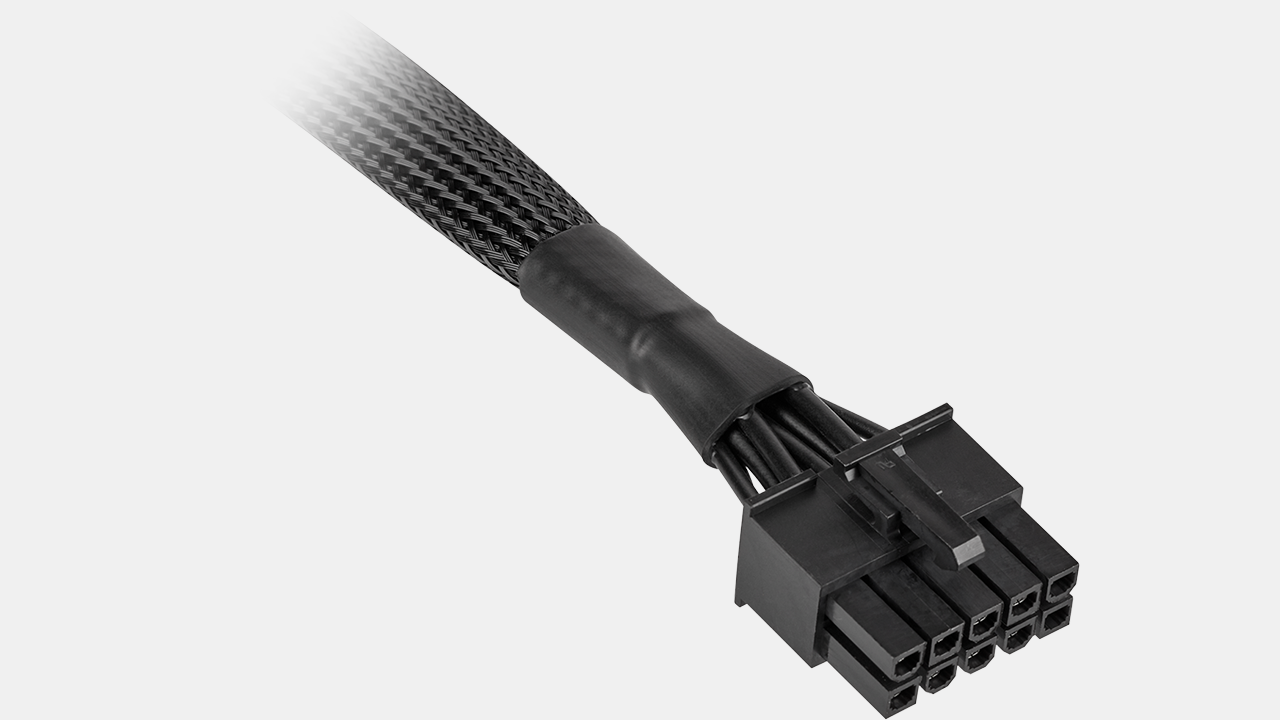When Intel introduced its ATX12VO (12 volts only) power connector specification last year, it only got support from a small number of motherboard and power supply manufacturers. A year later, the situation among motherboards is looking better. That’s good news for Intel’s upcoming 12th Gen Alder Lake CPUs, which should arrive for desktop PCs by early 2022.
State of the ATX12VO Union
Intel formally introduced its ATX12VO spec on April 30, 2020. Meant to cut down on idle desktop power, the power connector was initially supported by ASRock with its Z490 Phantom Gaming 4SR motherboard and High Power with its HP1-P650GD-F12S power supply. While Intel also talked about PSU support from Corsair, Channel Well and FSP, (which actually demonstrated an ATX12VO PSU at CES 2020), those power supplies never hit retail
This week, overclocker Roman “der8auer” Hartung asked several makers of the best motherboards and best power supplies about their plans to support ATX12VO this year. ASRock revealed that it’s about to release its Z590 Pro 12VO motherboard. And as noted by German tech site HardwareLuxx today, Asus already has a version of its Prime Z490-S with an ATX12VO connector. The enthusiast’s video also pointed to Asus working on an ATX12VO motherboard.
Meanwhile, Gigabyte and MSI have not made any comments regarding their ATX12VO motherboard plans.
Of course, Intel’s partners are keen on staying mum on future plans regarding the unreleased Alder Lake platform. However, a rumor last week pointed to Intel pushing motherboard makers to adopt ATX12VO for the platform’s upcoming LGA1700 motherboards.
On the PSU side of matters, Seasonic told der8auer that it has already developed its Focus GX650 that complies with Intel’s ATX12VO requirements, and other models are awaiting Intel’s certification. Corsair, which sometimes sells Seasonic-made power supplies, also indicated plans to release a Corsair-branded ATX12VO PSU. In the meantime, those who already have an ATX12VO motherboard and a standard PSU can use Corsair’s ATX12VO adapter cable.
Useful Tech or Much Ado About Nothing?
The single-rail ATX12VO power delivery standard is appealing for a few reasons. First, the new ATX12VO connector is smaller, which is important for modern ultra-compact form-factor (UCFF) PCs.
Second, the most power-hungry components today only use 12V rails; whereas many of those that need 5V and 3.3V either have their own power circuitry (for example, M.2 SSDs) or can use DC-to-DC converters that are now sometimes located inside PSUs (but which could be re-located to the motherboard). That means transitioning to ATX12VO could simplify PSUs and potentially make them cheaper.
Next, conversion of 12V to 5V and 3.3V on motherboards is said to be more power-efficient, so ATX12VO is expected to reduce desktop PCs’ power consumption.
From an environmental point of view, every watt counts, so as various government regulations get stricter, it makes sense for pre-built PCs to identify paths to efficiency. Usage of 80Plus Titanium or 80Plus Platinum-badged PSUs is expensive, so ATX12VO seems like a potential way for OEMs to reduce power consumption of their low-end and midrange PCs.
Yet, the industry is not eager to transit to ATX12VO. For one, moving DC-to-DC converters to the motherboard won’t radically reduce power consumption of a PC. Unless someone runs millions of PCs, 4-5W savings aren’t significant.
On top of that, adding converters to motherboards increases their overall footprint and bill-of-materials (BOM) cost.
Further complicating things, 3.3V and 5V rails are used by all controllers, all SATA storage devices, all add-in-cards, (including graphics cards, audio cards, RAID controllers and Thunderbolt adapters) and the vast majority of USB devices.
So far, Intel’s ATX12VO has not gained much traction on the DIY market, largely because it does not bring any significant benefits. With some motherboard vendors sharing plans to increase ATX12VO adoption, this could change, but only time will tell how enthusiastic PC builders will be about ATX12VO.
With OEMs, the situation may be different, as many systems have to comply with new environmental regulations. But it remains to be seen which route PC makers will choose.
We’ll have to keep our eyes on this space to see if ATX12VO takes off or falls flat like DTX motherboards.
